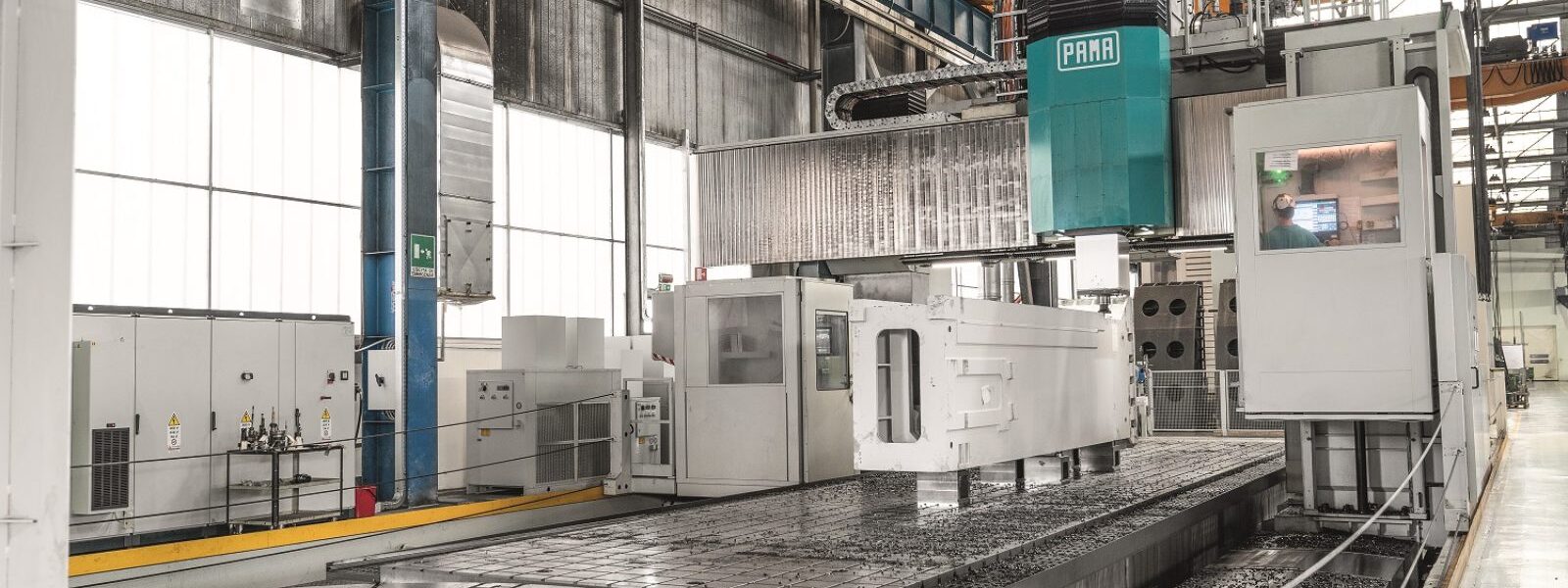Vision Technologies for the evolution of industrial maintenance

As part of its collaboration with the Rovereto-based company PAMA, the Vision Technologies Research Unit at FBK’s Digital Industry Center oversaw the development of computer vision modules for remote troubleshooting and industrial maintenance through an augmented reality-based application.
Web app features and operation:
- Login and authentication: operators access the application through a secure web interface, entering their credentials to authenticate. This ensures data security and allows the user experience to be tailored to each operator’s needs and privileges.
- System selection: after authentication, operators can select the specific machinery they wish to work on. The application can provide a list of available machinery, filtered according to the operator’s skills and permissions.
- Display of component information: once the machinery has been selected, the application will display a graphical representation of the key components being monitored. Operators can select individual components to view additional details, such as description, operational status, date of latest maintenance, and other relevant information.
- Augmented Reality Interaction: using the tablet camera, operators can frame machinery components and view additional information in real time through Augmented Reality. This allows them to quickly obtain information about the operating status and make more accurate and intuitive diagnoses.
- Predictive analysis and operation monitoring: the application uses predictive analysis algorithms to assess the operational status of machinery components. Based on the data collected, the application will assign a color to components: green (smooth operation), orange (possible non-serious anomaly), red (possible serious anomaly). Operators can thus quickly identify possible issues and plan appropriate maintenance actions.
- Creation of maintenance tickets and intervention requests: when encountering malfunctions or problems, operators can create a ticket directly from the application, providing details about the problem and actions taken. This facilitates communication between operators and maintenance staff, allowing problems to be solved more efficiently.
- Maintenance history and reporting: the application records actions taken by operators, tickets opened and maintenance performed on equipment. This data can be used to generate in-depth reports and analysis to support maintenance planning, operator training, and production process optimization.
- Updates and support: the application can be updated and upgraded based on operator feedback and emerging needs. The application can provide support and assistance to operators, including guides, tutorials, and contextual suggestions to help them use the application and address problems encountered.